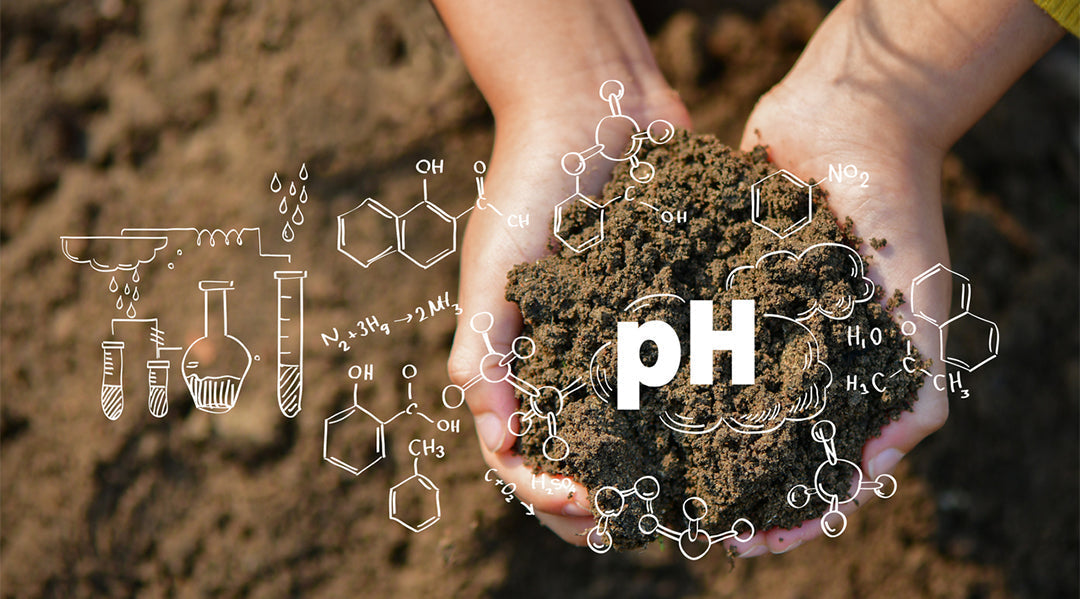
How soil pH affects saffron yield and quality
Share
When it comes to growing high-quality saffron, soil pH is one of the most underrated factors. You might have the best Crocus sativus bulbs, ideal climate, and perfect planting plan—but if your soil’s pH is off, your saffron may underperform or fail to thrive.
At Roco Saffron, we help growers around the world fine-tune their conditions to get the most from every bulb. Here’s why pH balance matters, what range is best, and how to adjust your soil if needed.
What is soil pH?
Soil pH measures how acidic or alkaline your soil is, on a scale from 0 (very acidic) to 14 (very alkaline). A pH of 7 is considered neutral.
- Below 7 = acidic soil
- Above 7 = alkaline soil
Soil pH affects how nutrients behave in the soil—and more importantly, how well plants can absorb them.
What’s the ideal soil pH for saffron?
Crocus sativus thrives in slightly neutral to moderately alkaline soils.
✅ Ideal pH range: 6.0 to 8.0
⚠️ Outside this range, nutrient uptake is reduced—and so is flowering.
Here's what can happen if your pH is too far off:
| pH Level | Risk |
|---|---|
|
Below 5.5 |
Nutrient lockout, weak flowering, fungal vulnerability |
|
Above 8.5 |
Micronutrient deficiency (e.g., iron, zinc), stunted growth |
Why pH matters for yield and quality
Proper pH ensures that macronutrients (like nitrogen, phosphorus, potassium) and micronutrients (like iron, magnesium, calcium) are available to the plant—especially during key stages like:
- Corm development
- Leaf growth (Dec–March)
- Flowering (October)
Too acidic? You may see fewer flowers, smaller corms, and yellowing leaves. Too alkaline? Growth slows, and saffron quality may be compromised—weaker aroma, color, or flavor.
How to test your soil pH
Before planting or replanting your saffron bulbs, always test your soil. Options:
- Use a pH meter or test kit (available at garden centers)
- Send a sample to a local agricultural lab for a full soil analysis
- Retest every 1–2 years—pH can shift over time due to irrigation, fertilization, or weather
At Roco Saffron, we encourage new growers to test before placing a large bulb order—just to make sure conditions are optimal.
How to adjust your soil pH
If your pH is out of range, don’t worry—it’s fixable with a few common amendments.
Too acidic (below 6.0)? Raise pH with:
- Agricultural lime (calcium carbonate)
- Wood ash (in moderation)
- Crushed oyster shells or dolomitic lime
Apply gradually and retest over time.
Too Alkaline (above 8.0)? Lower pH with:
- Elemental sulfur
- Composted pine needles or peat moss
- Ammonium sulfate (organic-approved options available)
Always follow label rates, and don’t adjust too fast—dramatic swings can shock your soil biome.
pH and your region
Soil pH varies by geography. For example:
- Many parts of Europe and the eastern U.S. lean acidic;
- Desert or Mediterranean regions often have alkaline soil;
- Heavy clay soils tend to buffer changes more slowly.
Knowing your region’s natural tendencies can help you plan ahead and choose the right amendments and bulb grade.
Start with balance
Soil pH isn’t just a detail—it’s a foundation. For saffron growers, getting your pH right means:
- Better flower yield;
- Stronger corm development;
- Higher-quality saffron: richer red threads, stronger aroma, and lasting flavor.
Buy Crocus sativus bulbs at Roco Saffron and get support on everything from soil pH to harvest timing—so you grow with confidence and maximize your yield.
Not sure if your soil is ready? Contact us for growing advice or a custom planting plan.
